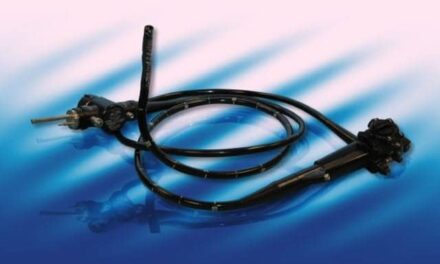ECRI Institute has completed a laboratory-based evaluation of surgical sutures. This is the first time the research organization has performed side-by-side testing of sutures—an action, ECRI Institute officials say, that will help hospitals make informed purchase decisions.
“Two-thirds of healthcare spend every year goes to consumable supplies and physician preference items,” says David T. Jamison, executive director, Health Devices Group, ECRI Institute. “With this in mind, we decided to start reviewing commonly used, regularly replaced healthcare supplies. Surgical sutures were the logical place to start given the many options on the market.”
ECRI Institute studied most of the available suture product lines from two leading manufacturers in the suture market. Within each manufacturer, product lines vary greatly in construction, material, size, absorbability, and needle shape and tip geometry. There is also a variety of barbed sutures for knotless wound closure. Performance and safety-related characteristics, such as strength, knot retention, and needle sharpness, were key in the evaluation.
“Sutures are widely considered a physician preference item, so clinicians may be surprised to see those categories where our findings do or do not reinforce their beliefs. For instance, some sutures were found to have significant knot slippage, which could result in harm, such as patient bleeding,” says Julie Miller, project officer, Health Devices Group, ECRI Institute.
ECRI Institute estimates that the annual acquisition cost a facility might incur for the wide variety of sutures that they stock is $51,000 for a small hospital, $320,000 for a medium-sized hospital, and $1.3 million for a large hospital.
“This evaluation gave us an opportunity to dig deep into the different types of sutures and offer healthcare systems significant data that can help inform purchases,” adds Miller.




